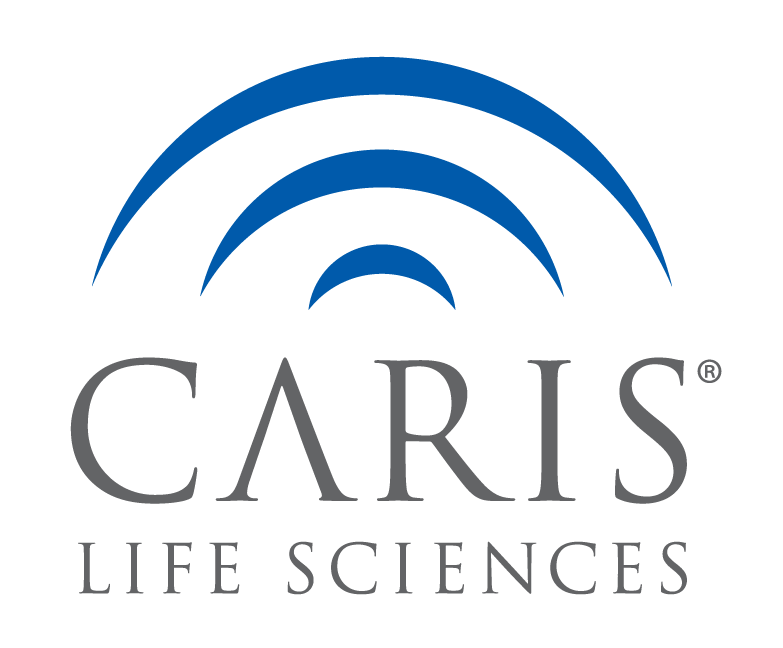Introduction
- The clock machinery regulates the circadian expression of up to 20% of genes expressed in any particular cell or tissue, modulating key cellular pathways including cell proliferation and apoptosis, DNA damage repair, cellular senescence, metabolic homeostasis, inflammatory and immune response1.
- Colorectal carcinogenesis and CRC progression have been linked to the disruption of the molecular clockwork by experimental data showing deregulation of the circadian machinery and clock gene expression, both in preclinical models and in colonic neoplastic tissue2.
- PER1 encodes for one of the main negative regulators of the clock machinery3 , with an apparent tumor-suppressor role suggested by in vitro studies and animal models4,5.
- Downregulation of PER1 has been observed in CRC samples compared to matched healthy tissues, and lower expression levels of PER1 have been associated with poor survival and increased incidence of liver metastases6-8.
- Few data are available on PER1 gene mutations (PER1mut) in CRC. Therefore, we aimed to explore the clinical and molecular differences between PER1 mutated versus wildtype (WT) CRCs.
Methods
- A cohort of 4079 CRCs tested with comprehensive genomic profiling by Caris Life Sciences (Phoenix, AZ) was identified from a retrospective database and included in this analysis.
- NextGen sequencing (NGS) was performed on genomic DNA isolated from formalin-fixed paraffin-embedded tumor samples using the NextSeq platform (Illumina, Inc., San Diego, CA) on 592 genes.
- Microsatellite instability high (MSI-H) status was tested by NGS in 3996 tumors. The threshold to determine MSI-H was determined to be 46 or more microsatellite loci with somatic insertions or deletions to generate a sensitivity of greater than 95% and specificity of greater than 99% (MSI-equivocal, 43– 45 altered loci; microsatellite stable (MSS), < 42 loci).
- Pathogenicity of PER1mut was estimated using Poly-Phen and SIFT predictive scores.
- PER1mut prevalence comparisons in each groups were performed using Fisher-Exact test; while Chi-square deviance test (i.e. likelihood ratio test) on nested logistic regression models was performed for multivariate analysis. P<0.05 was considered statistically significant for all tests performed.
Conclusions
- Our results provide the first exploratory data on PER1mut association with clinical and molecular features in CRC, in a large population of patients with extensive genetic testing.
- A deeper understanding of PER1mut pathogenicity and functional role is necessary to guide future analyses. Nevertheless, our results suggest a significant association with MSI-H, possibly reflecting an interplay between mismatch repair status and the clock genes pathway in CRC, consistent with previous data and warranting further investigation.

